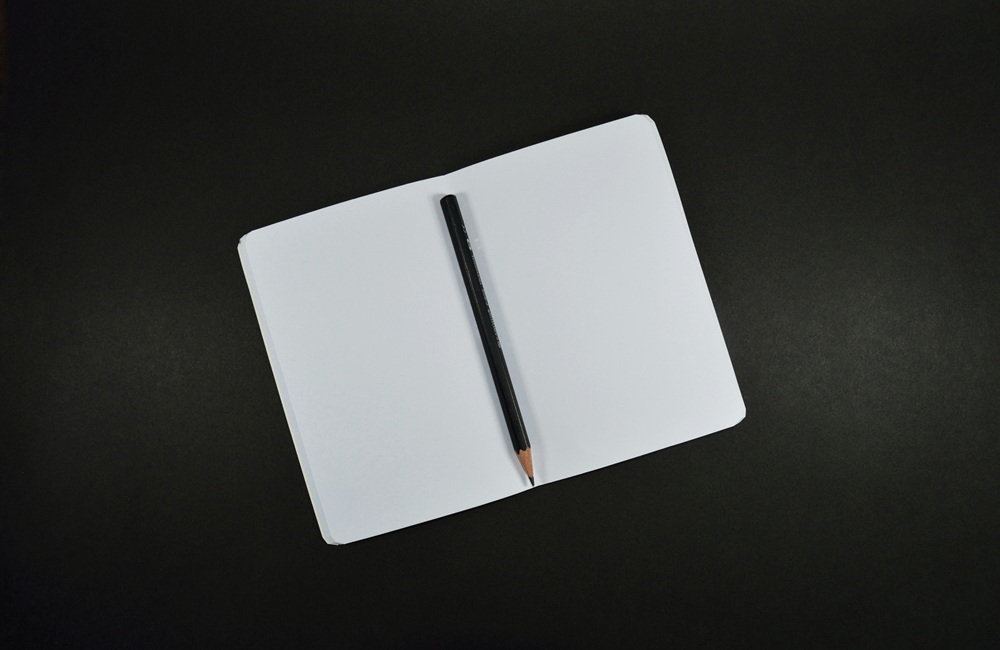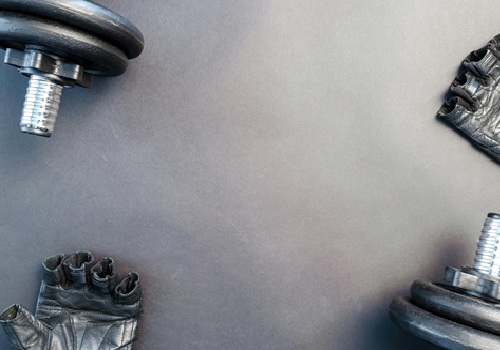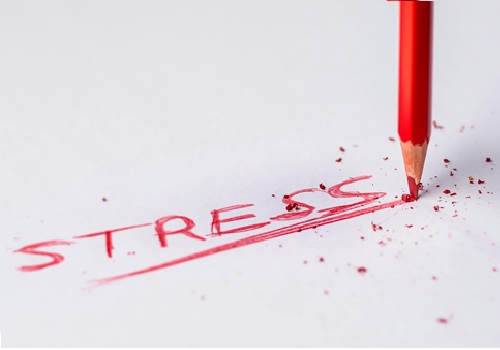What is Creative Flow?
Creative flow is a state of mind where you feel completely immersed in the task at hand. It’s when you’re so focused on the work that time seems to disappear, and you feel effortlessly productive. It’s the sweet spot where creativity and concentration meet, allowing you to produce your best work. Finding this flow state can feel like magic, but it is achievable with the right mindset and environment.
Step 1: Set the Stage for Creativity
The environment around you plays a significant role in your ability to get into creative flow. A cluttered workspace or a noisy environment can distract you from your work, while a calming and organized space can promote focus and creative thinking. Here’s how to set up your space for maximum creativity:
- Declutter your workspace: A clean, organized environment helps you focus and reduces mental distractions.
- Create an inspiring atmosphere: Surround yourself with items that motivate or inspire you, such as artwork, plants, or personal mementos.
- Control your noise level: Some people work best in silence, while others thrive in ambient noise. Find what works best for you.
Step 2: Develop a Routine That Fosters Creativity
Creativity thrives in a routine. Having a daily practice or set habits helps you get into a creative mindset, even when you’re feeling busy or uninspired. While it may seem counterintuitive to structure creativity, a routine provides a foundation that can support your creative flow.
- Set aside dedicated time: Even if it’s just 30 minutes a day, set time aside for creative activities without distractions.
- Try to work at the same time each day: Your brain will start to associate that time with creative thinking, making it easier to get into flow.
- Keep a creative journal: Jot down ideas, sketches, or thoughts that come to you throughout the day to keep your mind active and primed for creativity.
Step 3: Embrace Boredom and Downtime
It’s easy to feel like you need to constantly be doing something, but some of the best creative breakthroughs happen when your mind is at rest. Creativity often flourishes during moments of boredom, when your brain is free to wander and make new connections. Instead of filling every moment with activity, try embracing downtime.
- Take breaks: Step away from your work to allow your mind to refresh. Go for a walk, do some stretching, or simply relax.
- Let your mind wander: When you’re not actively working, your subconscious mind can often solve problems or come up with new ideas.
- Disconnect from technology: Give your brain a break from constant stimulation by turning off devices and taking time for yourself.
Step 4: Experiment with New Techniques and Ideas
Creative flow can stagnate if you fall into the habit of doing the same thing over and over. It’s important to break out of your comfort zone and try new techniques, tools, and approaches. Experimenting with different methods can reignite your creative spark and help you find new ways to approach problems.
- Try brainstorming: Write down all your ideas, no matter how wild they seem. The process itself can lead to unexpected breakthroughs.
- Learn a new skill: Explore something outside of your usual field, such as photography or writing poetry, to give your brain a fresh challenge.
- Switch mediums: If you usually work with digital tools, try sketching by hand, or vice versa.
Step 5: Get Out of Your Own Way – Overcome Self-Doubt
Self-doubt is one of the biggest obstacles to creativity. When you question your abilities or fear judgment, it’s easy to shut down and stop creating. To maintain creative flow, it’s important to silence that inner critic and allow yourself to take risks.
- Practice self-compassion: Be kind to yourself and acknowledge that not every idea will be perfect, and that’s okay.
- Embrace imperfection: Creativity is about experimenting and evolving, not about getting everything right on the first try.
- Trust the process: Creativity isn’t always about immediate results. Give yourself permission to enjoy the journey and trust that ideas will come.
Step 6: Maintain Consistency During Busy Times
Life can get hectic, and when responsibilities pile up, it’s easy to put creativity on the backburner. However, even during busy periods, it’s important to maintain some level of creative activity to prevent burnout and sustain your flow.
- Set small, achievable goals: When time is limited, focus on completing smaller tasks rather than overloading yourself.
- Prioritize creativity: Even if it’s just 10 minutes a day, make creativity a non-negotiable part of your routine.
- Delegate or outsource tasks: If you can, delegate other responsibilities to free up time for creative pursuits.
Conclusion
Finding your creative flow is not a one-time event but an ongoing process. By setting the right environment, developing a consistent routine, embracing downtime, experimenting with new ideas, overcoming self-doubt, and staying consistent even in busy times, you can unlock your creativity and maintain it throughout the challenges of everyday life. Creativity is within you; it’s simply a matter of giving yourself the space and freedom to let it thrive.








